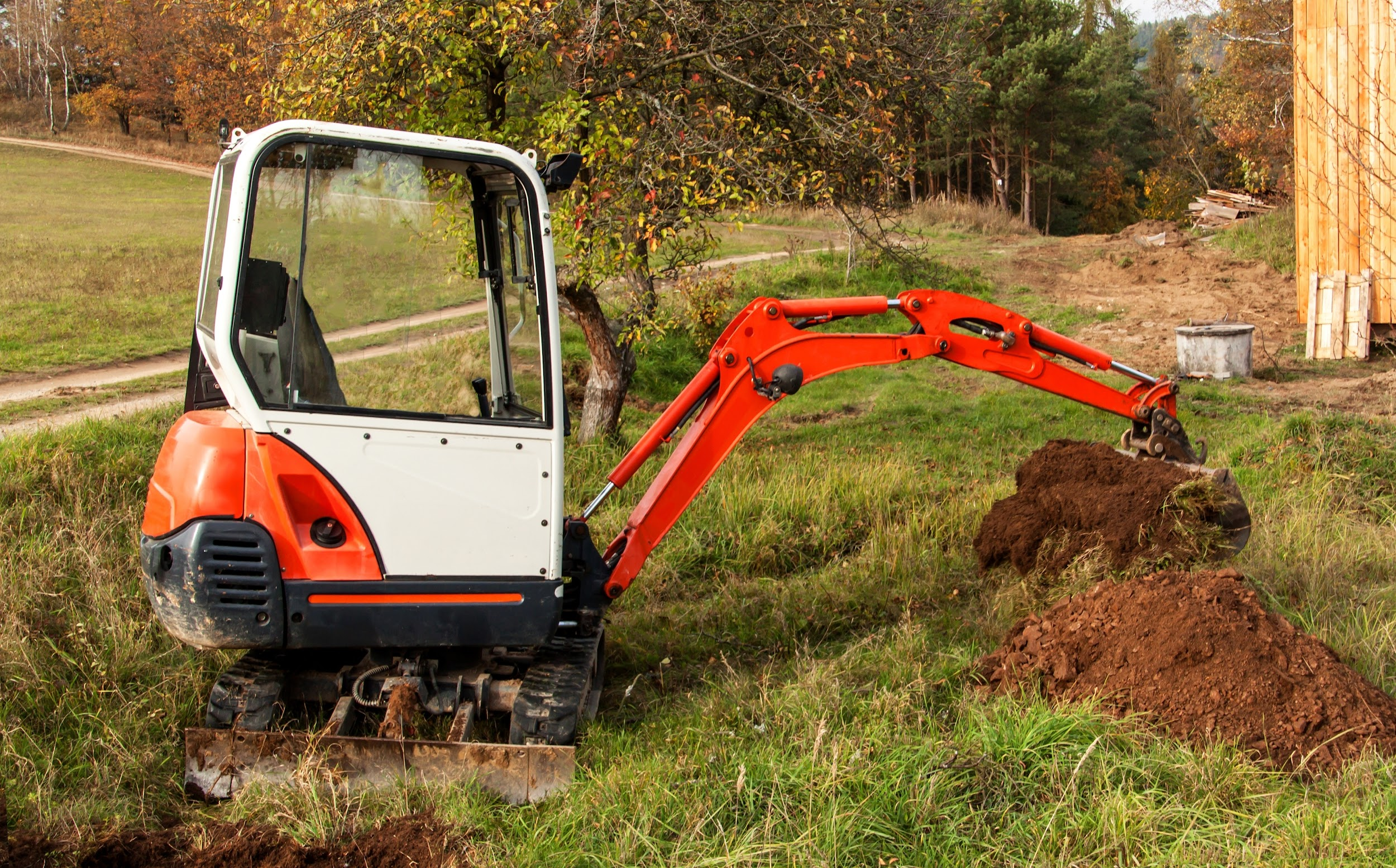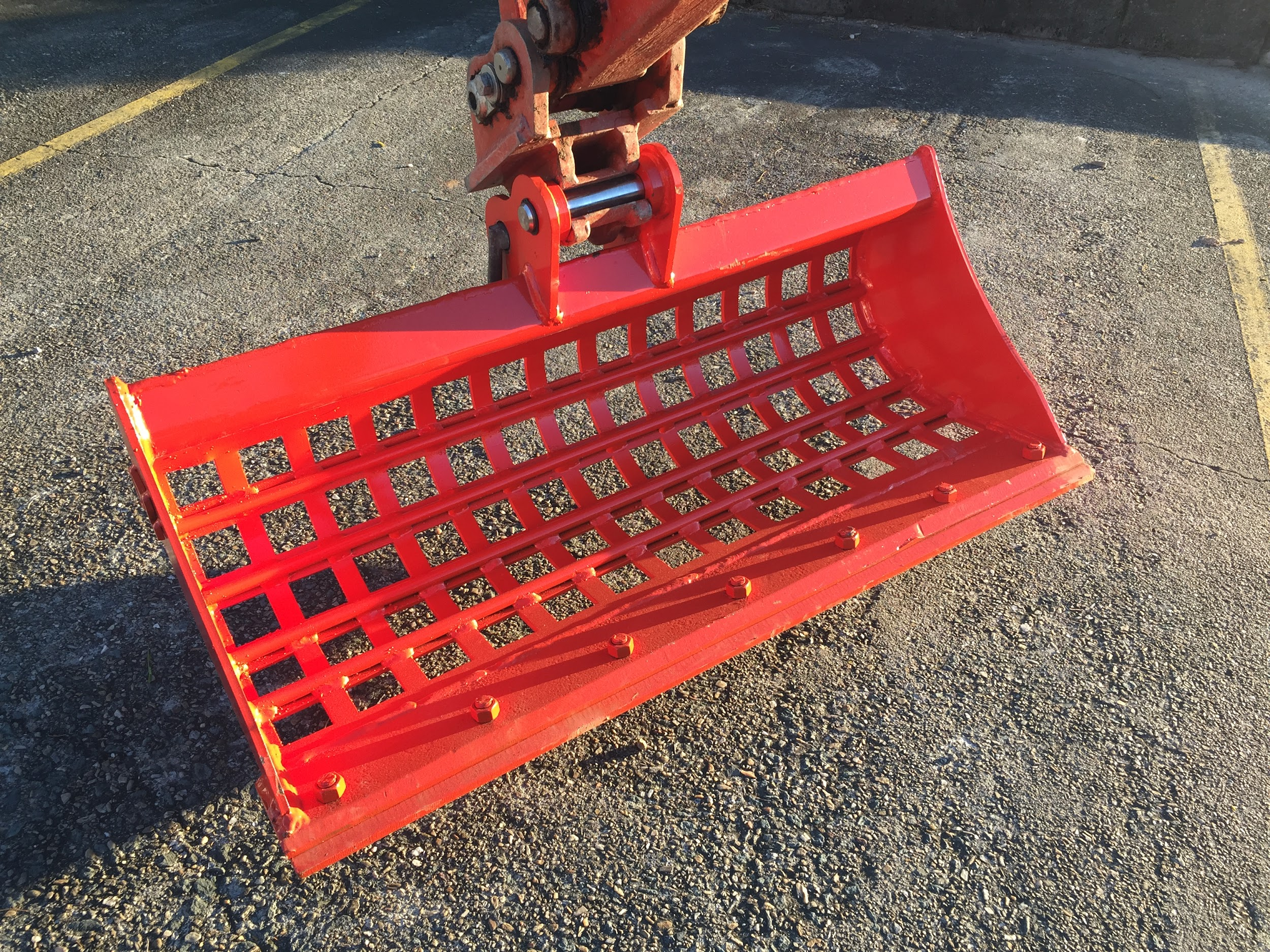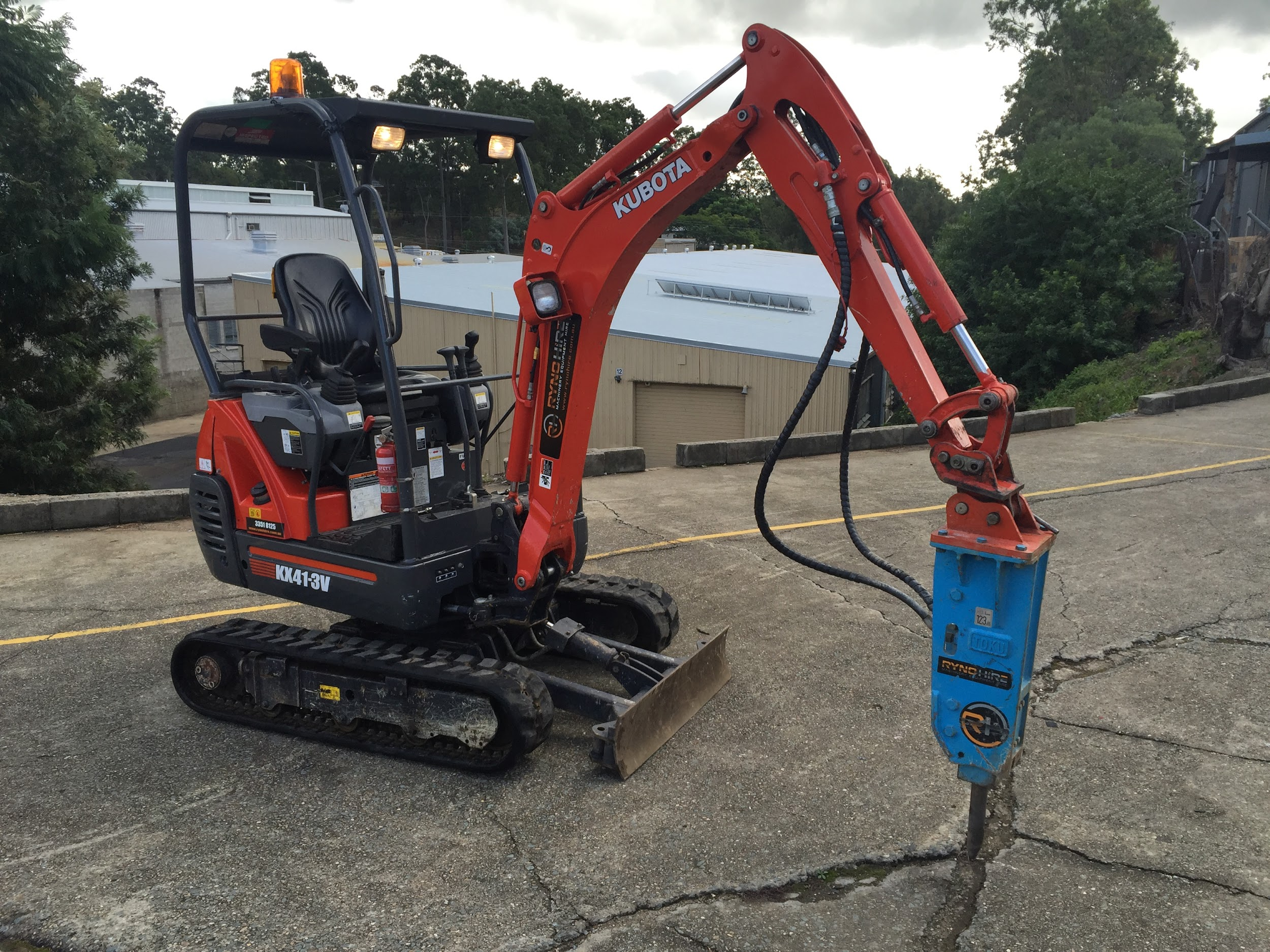
An excavator is a handy piece of equipment for any project where you have to dig or move soil, making them common for DIY projects. And when you combine the usefulness of excavator attachments with them, you can complete a range of tasks.
There are many kinds of excavator attachments. Each one is designed to take on specific tasks, ranging from the standard bucket to hydraulic attachments such as hammers and grabs.
Today we will discuss the different attachments for excavators and what tasks you can complete with them.
Most Important Attachments for Your Excavator
There are so many uses of an excavator that it can be hard to imagine completing a project without one. However, the machine owes its versatility to the different attachments that work with it.
Digging attachments
A great digging attachment is the auger. You can quickly identify this piece from its spiral design. This design makes augers the perfect tool for drilling deep into the soil while transporting the dirt out. Augers are useful excavator attachments when you need to dig a hole in the ground to put pillars or plant trees.

Excavator bucket
An excavator bucket is a tool everyone is more or less familiar with. Usually, these excavator attachments are made from steel and built to withstand immense workloads.
According to the job requirement, many kinds of excavator buckets are available in various sizes to cater for different workloads. For example, the standard bucket is suitable for working with light materials, such as sand, soil, and loose dirt. This is the typical bucket seen with most excavators.
On the other hand, larger buckets are used for levelling down rugged terrains. And in case hard rocks dominate the landscape, you have the option of a sieve bucket. In addition, there are trenching buckets for digging trenches.

Hydraulic hammer
The hammer-like excavator attachments can instantly turn your digging tool into a powerful demolition machine. They are commonly used to break rocks or concrete slabs.
As there are varieties of objects you might have to break during construction work, the types of hammer attachments vary too. For example, if you want to break concrete slabs with reinforced steel bars inside them, you will use the moil hammer.
On the other hand, when you need to penetrate the concrete or break and dig through it, you will want to use the chisel. This excavator attachment has an angled tip to make this possible. And when you need to crush objects, use the blunt attachment.
Grapple (aka grab)
Like the bucket, the grapple, also known as the hydraulic grab, is another excavator attachment everyone is familiar with. The grapple is used to handle materials or move waste.
The operator can adjust the angle and rotation of the grapple to pick up and put down waste or other materials.
Commonly, excavator grapples are made from two gigantic curved clamps, often irregularly shaped or interlocking. According to the grapple type, its movement can be either one-sided or go both ways. Whatever the style, all excavator grapples function through the mechanism of hydraulics.
Get Attachments for Your Next Dry Hire From Ryno Hire
If you enjoy undertaking DIY projects, look no further than Ryno Hire for all your dry hire needs.
We specialise in providing machines for dry hire and a range of useful attachments to make your job easier.
We have been moving earth and digging holes for over a decade. So, you can rest assured that we know what we are doing. You can dry hire our machines for any duration necessary – days, months, or even a year. We have devices that can work in all kinds of heights and terrain.
Not sure which attachments you may need? Don’t hesitate to contact us, our friendly team will be happy to help.
27 May 2022

